In 1790, as the new United States of America was busy setting up its constitutional form of government, it was by European standards a rather poor, backward, rural based country. The new country did possess a small number of degree granting Colleges / Universities such as Harvard, Yale and William and Mary which like their European models Oxford and Cambridge catered only to the very wealthy and concentrated on a liberal arts education.

However, because the United States was built out of a number of different, and competitive states it wasn’t long before each state had its own College or University such as the University of Pennsylvania, Columbia in New York, Princeton in New Jersey, and the Universities of North Carolina and Georgia. And as new states joined the union they too established a school of higher education. Ohio University was the first of these new Universities. Many of these new schools were funded by their state legislatures through the act of taking and selling tracks of publicly owned land to raise the money needed. The University of Georgia and North Carolina were the first of these ‘Land-Grant’ public Universities.
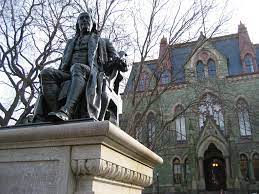
Meanwhile by the 1850s the US federal government had acquired huge amounts of undeveloped land. Thanks to the Louisiana Purchase and the Mexican War the government in Washington owned several times as much land as all of its citizens put together. The idea began to circulate that the best way for the federal government to use some of that land for the benefit of the American people would be to establish land-grant colleges in every state and territory. This movement was led by a professor at Illinois College named Jonathan Baldwin Turner. Spurred on by Turner the Illinois delegation in congress began work on a land-grant bill but because of one of those flukes of politics the final bill was officially sponsored by a congressman from Vermont named Justin Smith Morrill.
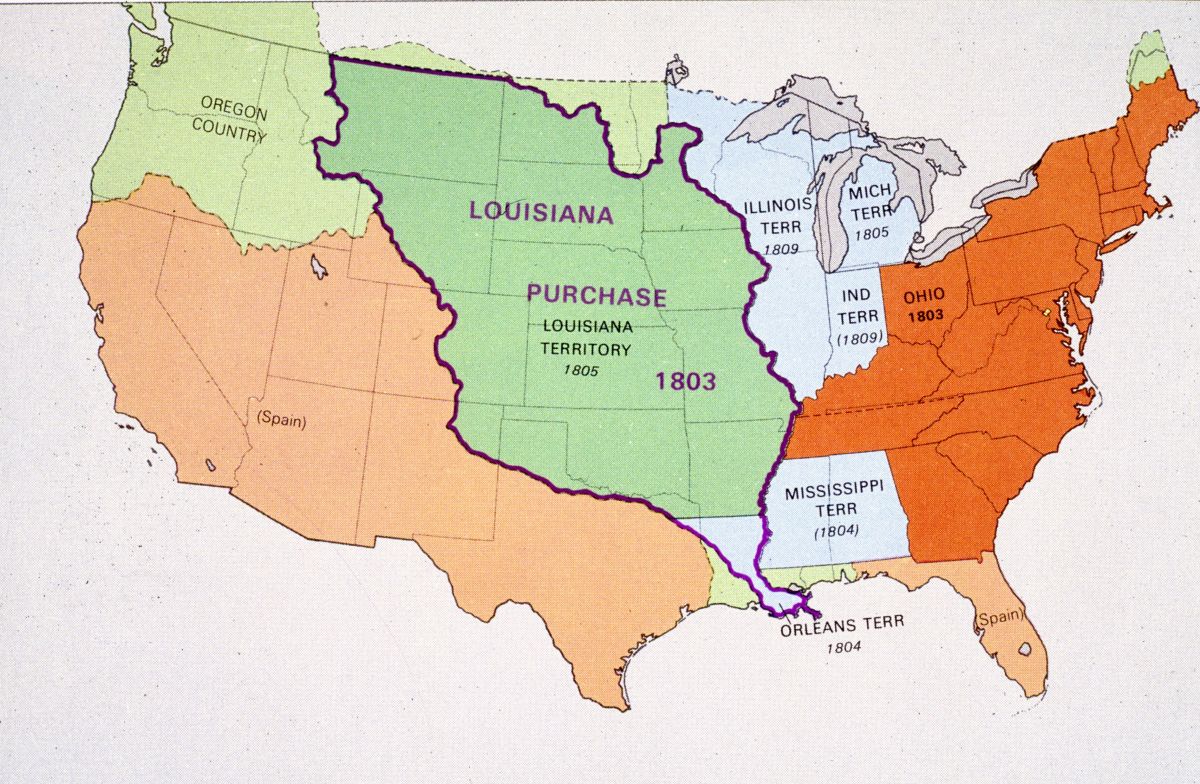
The initial Morrill Land-Grant act passed both houses of congress in 1857 but bowing to pressure from southern states President James Buchanan vetoed the legislation. When Abraham Lincoln became President in 1861 Morrill resubmitted the bill and President Lincoln signed the bill into law on the 2nd of July in 1862.
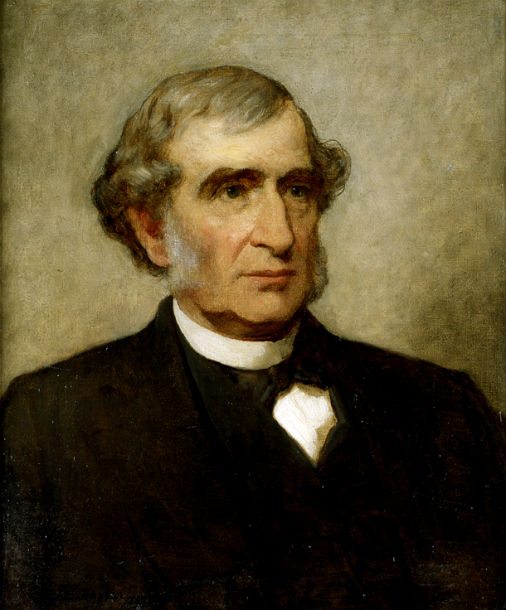
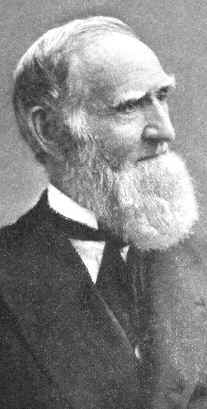
One critical feature of Morrill Land Grant bill was that the Colleges and Universities founded would be intended to teach agriculture and mechanical arts rather than concentrating on a classical, liberal education. In other words practical knowledge would dominate the curriculum, what today we would call engineering. Another critical feature would be that tuition at these publicly funded schools would be subsidized making a college degree available to a much wider section of the American society.

Iowa became the first state to take advantage of the Morrill Act by designating Iowa Agricultural College as Iowa State University. The first school to be created as a Morrill Land Grant school however was Kansas State University, which was officially founded on February 16, 1863 barely 6 months after the bill was signed. Since then every US state, territory and many Native American Tribes have created their own state university system that every year graduates tens of thousands of young Americans preparing them for their future careers.
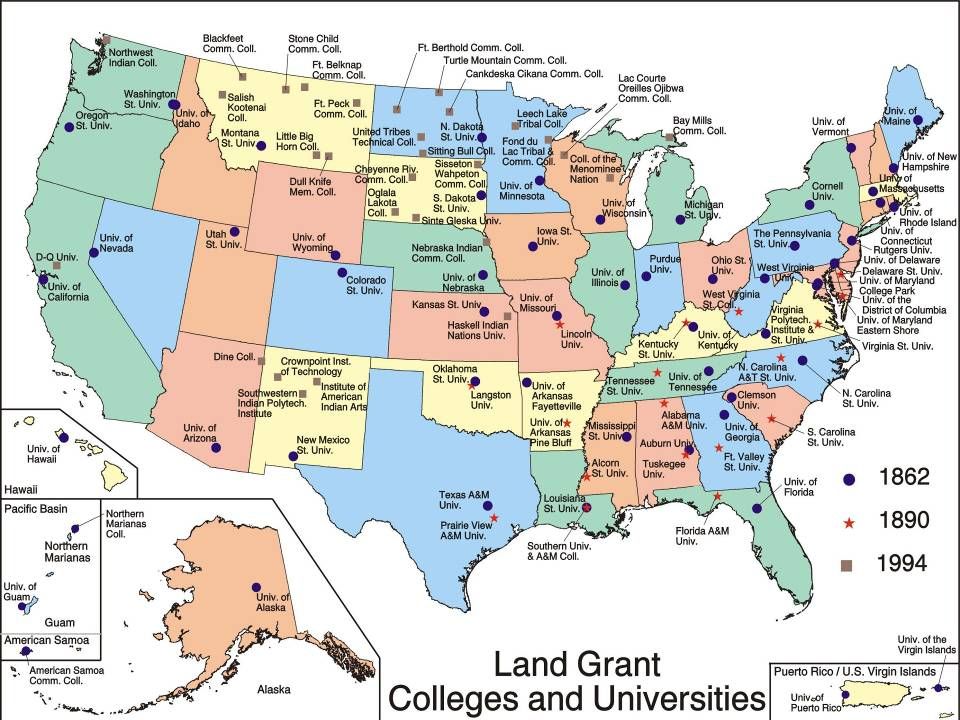
The Morrill Act came at just the right time to act as a spur to the growing American economy. In 1866 the total number of degreed engineers in the US was only around 300, that’s not the number who graduated in 1866 it’s the total number of engineers in the entire country. By 1870 however there were now 21 colleges offering degree programs in engineering and the number of degreed engineers had tripled. By 1911 the US was graduating 3,000 engineers each year, as many as the next two countries Germany and the UK combined.

So during the last four decades of the 19th century, as the US population grew thanks to immigration and the untapped resources of a continent became available the Land-Grant Universities supplied a steady source of trained engineers to turn those resources into wealth. According to economists the US overtook the UK to become the world’s richest country in 1872, just ten years after the Morrill Act became law, while in terms of per capita income the US overtook the UK in 1902. In less than 50 years the US had become the world’s leader in technology and the result of that leadership was the world’s richest and fastest growing economy.
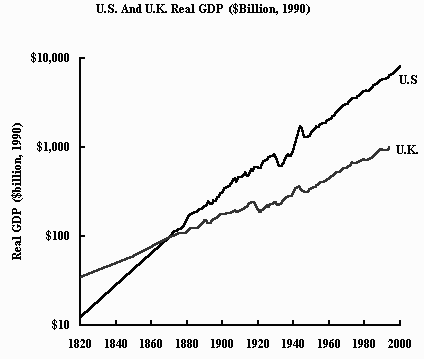
There’s a name for this economic / social policy, it’s called ‘Investing in Human Capital’. From 1860 to 1900 the US Federal government ‘gave away’ some 70,000 square kilometers of land for the purpose of educating its citizenry. Instead of investing in ships or guns to make war or acquire colonies the US invested in its most valuable commodity, its people.
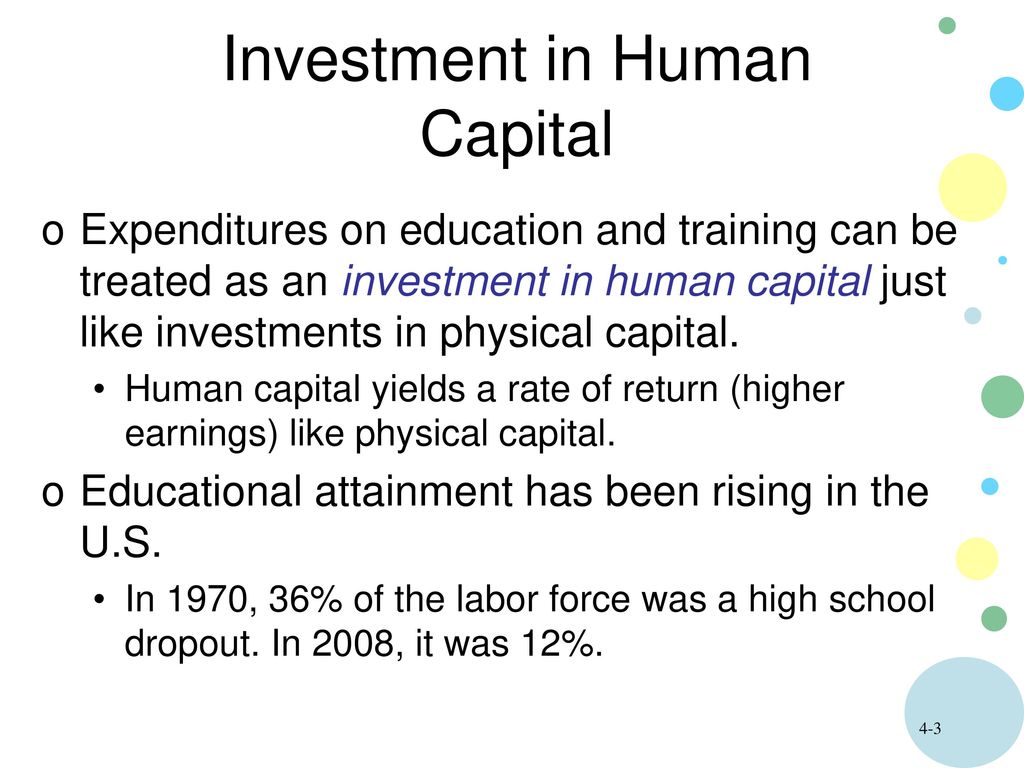
Now the Morrill Act wasn’t without its flaws, for one thing the land given by the federal government was first taken from the Native Americans through a long string of treaty violations. And many of the original Land-Grant schools simply refused admission to any black student. This second problem was somewhat alleviated by a second Morrill Act in 1890 that provided for the establishment of many of the historically black colleges and universities.
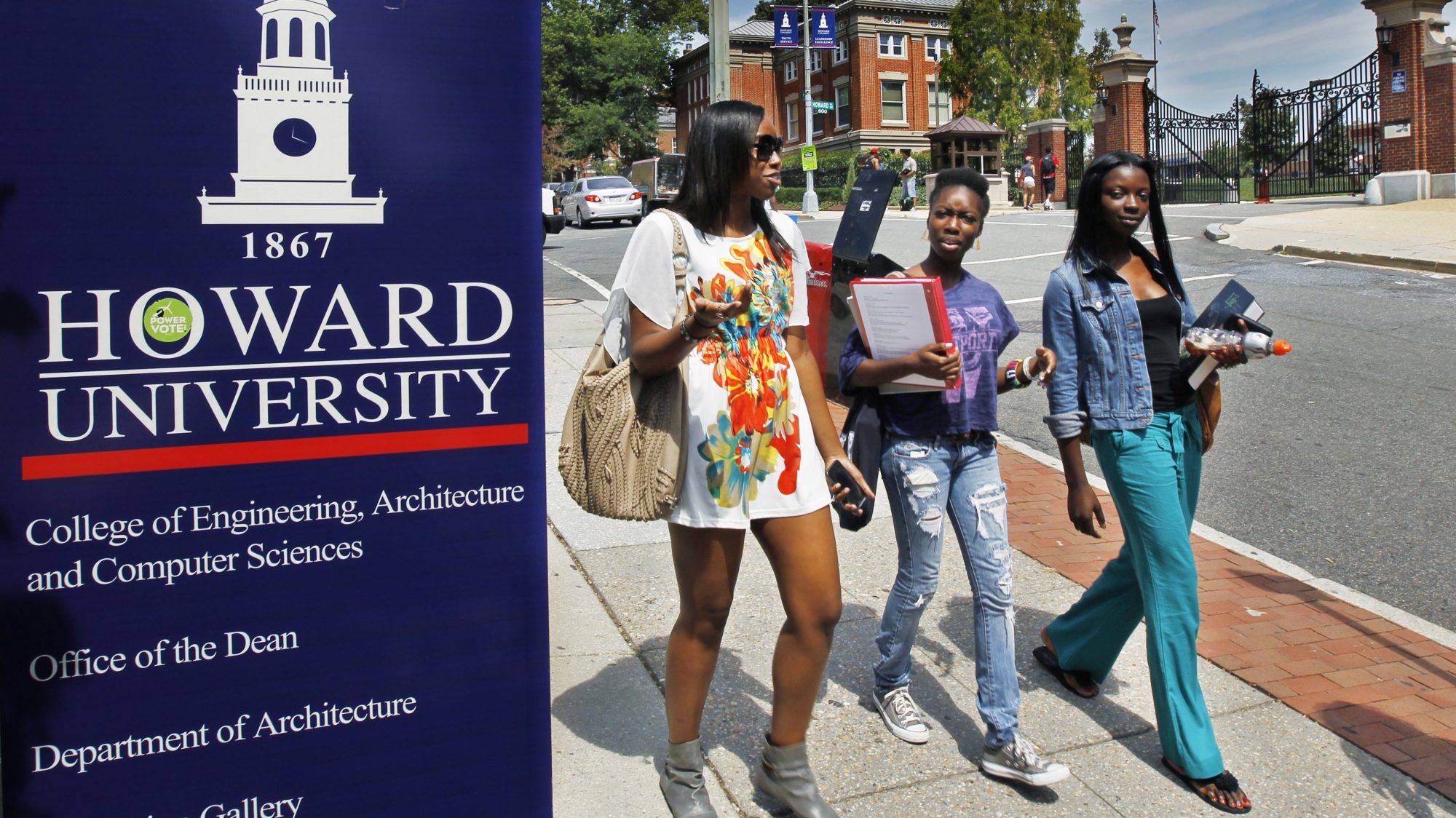
So what about today? Can a new, modern version of the Morrill Act help to get our country out of its current malaise? Right now we are all so concerned about China overtaking the US that we seem to be unable to do anything to keep ahead.

And how is it that China, that was so backward and poor when I was growing up, is soon to become the world’s richest nation? Could it possibly be because China now claims some eight times as many Science, Technology, Engineering and Math (STEM) graduates as the US? Over the last 50 years China has invested in its own version of a Morrill Act and is currently building a new University every week! And the result of China’s ‘Investing in Human Capital’ has been the same as it was back in the 1870s, a new economic superpower.

If America is to compete it must have a new Morrill Act of its own. We must guarantee two years of higher, that is college or trade school education to all of our children and we must make the necessary investment so that a four-year degree becomes once again affordable for the children of the middle class.

The United Negro College Fund has long had a slogan that I’ve always found to be extremely profound. “A mind is a terrible thing to waste.” It is time for the US to commit to the principle that it will invest in all of its citizens so that no mind goes to waste.
